When Gordon Janzen was searching for a way to unwind, he found it by looking up.
Around 10 years ago, the Winnipegger realized he was working a lot and didn’t have many hobbies. Looking to develop his interests outside of work, Janzen got a pair of binoculars and started birding.
Since then, birding (or birdwatching)—the act of watching, monitoring, feeding, filming or photographing birds—has become a way for the 64-year-old to relax.
“There’s a lot of beauty in observing birds,” says Janzen, who attends Home Street Mennonite Church. “I’m not a naturalist per se, but it’s a way of paying attention to God’s creation.”
According to Birds Canada, a national charity for bird research, citizen science and conservation, a growing number of Canadians of all ages, abilities and backgrounds are expressing interest in birding.
When the most recent Canadian Nature Survey was released in 2012, it showed that birders will spend an average of 133 days in a year on the activity—more time than is spent on any other nature activity, including gardening.
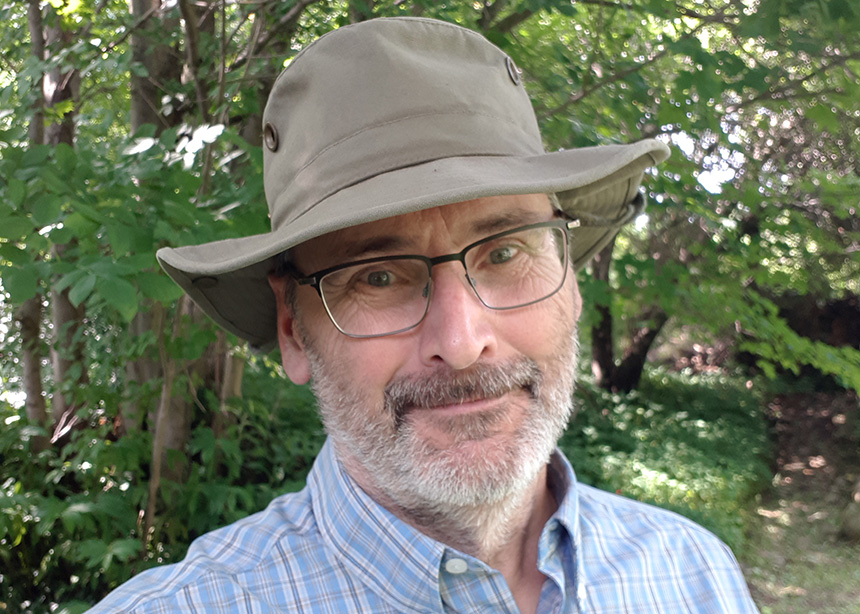
John Pries of St. Jacobs, Ontario, recalls getting into birding when he was in elementary school. A friend invited him to watch for birds in a nearby field. When Pries awoke at sunrise and stepped outside, he could not believe the symphony he heard.
The 70-year-old recounted the experience in a sermon he gave at his church, First Mennonite in Kitchener, last summer.
Memories that stand out for Pries include his first look at a Yellow-shafted flicker, watching a Baltimore oriole build a nest and seeing a flock of redpolls feeding on the ground fewer than two metres from where he stood.
The retired environmental technologist enjoys birding at least once a week. During the migration season, he does it once or twice a day on the five-acre property where he and his wife live.
“It is relaxing, therapeutic, [and it] provides exercise and fresh air,” Pries tells Canadian Mennonite in an email. “[It] often surprises me when I learn something new about birds that I may have seen a thousand times or see a species that I have not previously seen on our property.”
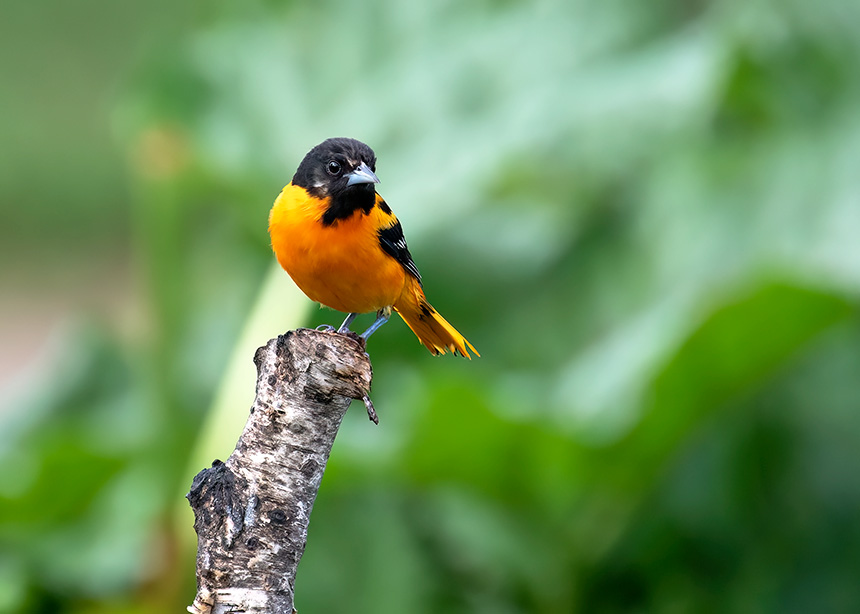
Rewarding and enjoyable
Merri-Lee Metzger has similar feelings. A retired teacher who lives in Floradale, Ontario, Metzger has been interested in nature—and birds in particular—her entire life.
“Since retirement, I have had more time to spend outdoors, usually with a camera in hand,” she says in an email. “The whole adventure of discovering, hearing and seeing creatures, and of being allowed into their worlds, is rewarding and enjoyable. But beyond that, hours spent in creation are calming, healing and regenerative.”
Metzger does the majority of her birding on the farm where she lives. Spring and summer bring Baltimore orioles, hummingbirds, eastern bluebirds, brown thrashers and more. Winter brings snow buntings, horned larks, lapland longspurs and snowy owls.
Photography adds another dimension to Metzger’s birding.
“When I am able to record a special moment or sighting with my camera, it allows me to carry some memories home with me, and to share my experience with others,” she says. “A photo is always a bonus and is only taken if a subject will not be bothered or interrupted in its important survival activities.”

Like Metzger, photography is linked to birding for Asher Warkentin of Pincher Creek, Alberta. Warkentin started taking the occasional quick photo as a way to confirm with other birders what he had seen. Eventually, that grew into taking high-quality photos of some of the birds he encounters.
“It’s a fun other avenue that birding can take,” Warkentin says.
At 19, Warkentin disproves the stereotype that birdwatching is only for retirees. An uncle introduced him to birding seven years ago. Since then, it’s become a fun, relaxing hobby that the Canadian Mennonite University science student does frequently.
“It gets me outside more than I would otherwise,” Warkentin says. “It doesn’t feel like a successful day unless I’ve been outside listening for birds.”
One of the things Warkentin finds appealing about birding is the way it can connect people.
“[Birders create] such a strong community and it forms those friendships between people who might not otherwise have anything to do with each other,” he says. “I go birding with people who are 65, 70 years old. It’s such a welcoming, happy-to-help environment. You go anywhere and you find out who the main birders are there, and they will definitely be happy to go birding with you or help you out.”
Birding retreat
Like Warkentin, birdwatching has led Janzen to make new friends. He and three others organize an annual birding retreat through Camps with Meaning, the camping ministry of Mennonite Church Manitoba.
The 21st retreat took place at the beginning of June and brought together nearly 40 people for a weekend of birdwatching, a keynote presentation by a local owl expert and worship. Participants, who ranged in age from 12 to older than 90, observed 129 species over the weekend.
“It’s been fun interacting with others at the retreat in a common pursuit,” Janzen says. “And it’s been especially helpful for me to have a place where there are more experienced birders to learn with.”
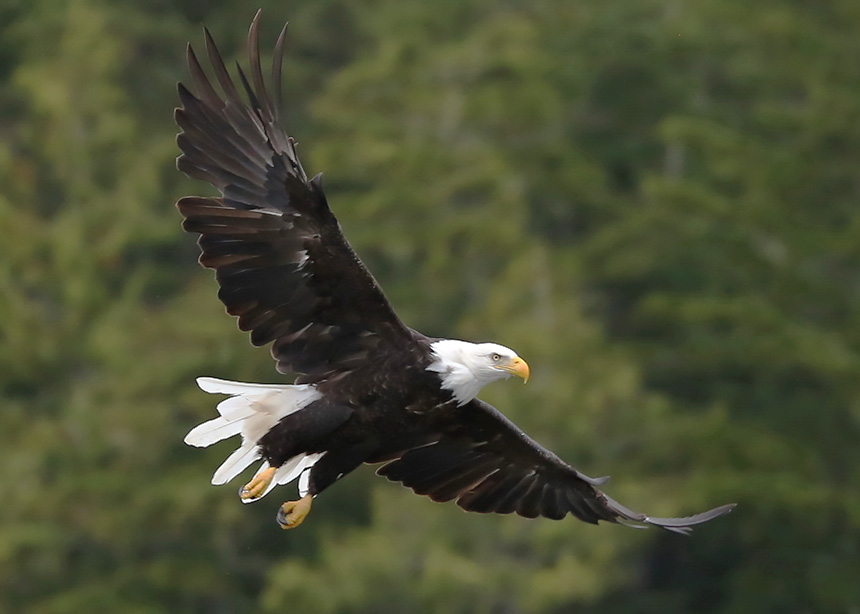
In addition to looking at physical features, birders tune in to things like movement and sound when identifying different species. While she enjoys looking at birds, Rosie Perera of Point Grey Inter-Mennonite Fellowship in Vancouver, B.C., relies on her ears in addition to her eyes.
“I like listening to the songs and learning to identify them by their song,” says Perera, 59.
A retired software engineer, Perera learned to appreciate birds when she was growing up in Massachusetts and observed the different species that would use the birdfeeder in her family’s backyard.
Birding became a full-fledged passion in 1995 when she participated in a Caribbean cruise led by John Stott, an Anglican cleric and theologian from England. Stott’s books include The Birds Our Teachers: Biblical Lessons from a Lifelong Bird Watcher.
The intersection between birding and faith came up again during Perera’s graduate studies at Regent College. One of her professors, American theologian Eugene Peterson, mentioned in class how birding is about slowing down, observing and being patient.
That same approach works well with the Bible, Peterson suggested.
“That helped me slow down and become more observant when birdwatching, but also in life and when reading scripture,” Perera says.
For Metzger, it’s easy to make a connection between birdwatching and faith.
“Immersing ourselves in God’s natural world enables us to connect deeply to the one whose creativity and imagination have brought all of us, human and non-human, into being,” she says. “Beyond that, the responsibility for good stewardship of the earth and its resources has been entrusted to us.”
According to Pries, appreciating the natural world is especially important in the face of the climate crisis.
“Raising awareness with others of the beauty and joy that birds bring to our lives improves the potential for species survival,” Pries told his congregation last year. “Let’s take the time to appreciate what we have. Get outside. Get in touch with the natural world and let it penetrate your being. Enjoy the many parks and campgrounds, some of which are minutes away from our homes.
“We can’t simply focus on the negative and let it overwhelm us,” he concluded. “The more we are in touch with the natural world, the greater the potential impact we can have in preserving it.”
Related article:
Birding with Alvin


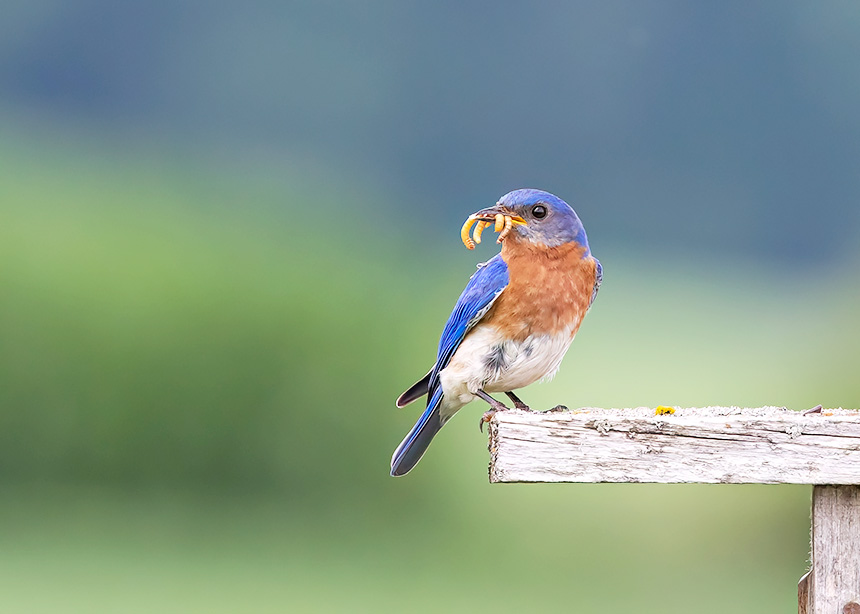


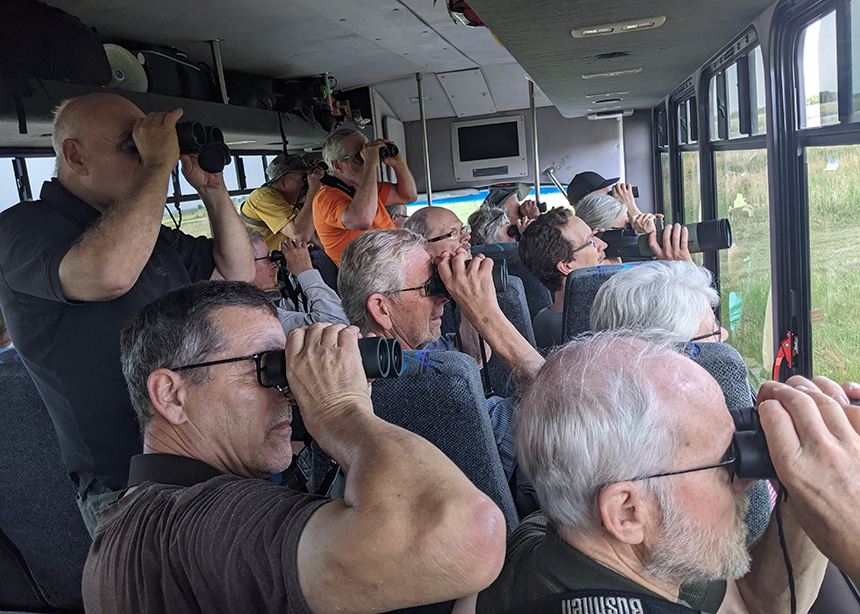
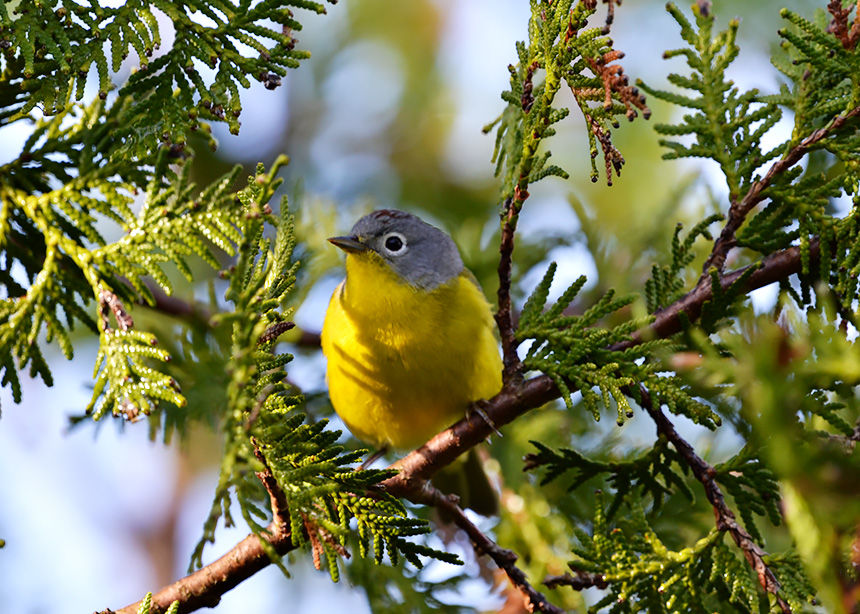
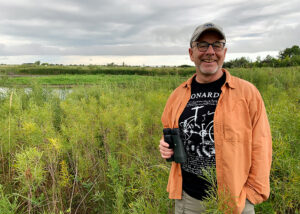



Leave a Reply
You must be logged in to post a comment.